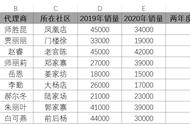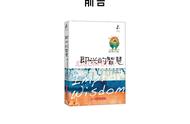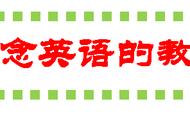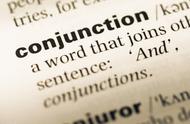
1、表示联合,意为“和,又,而且”
He and I are both students.
他和我都是学生。
2、用于连接两个相同的比较级,表示“越来越…”
It moves faster and faster.
它动得越来越快。
3、用于连接两个相同的动词,表示动作的反复或连续
He coughed and coughed.
他咳个不停。
4、在口语中用于come,go,run,stay,stop,try等之后,表示目的
(and 在此相当于不定式符号to)
Come and have a Iook.
来看一看。
5、用于祈使句后,表示结果
意为“那么”
Work hard and you'II pass the examinations.
努力吧,那么你会通过考试的。
1、当举例成分是主语,又在否定词之前时,用and连接
而当列举成分在否定词之后时,用or构成完全否定
Lucy and Lily can't speak Chinese.
露西和莉莉都不会说中文。
I can't sing or dance.
我不会唱歌,也不会跳舞。
2、在否定句中,如果所连接到两部分都有否定词,那么用 and 而不用 or
There is no water and no air on the moon
月球上没有水,也没有空气。
3、在否定句中,without之后若有列举成分,则用and连接,构成完全否定
而在肯定句中,without之后的列举成分要用or连接才能构成完全否定
Man can't live without air and water.
=Man will die without air or water.
没有空气和水,人就不能生存。













